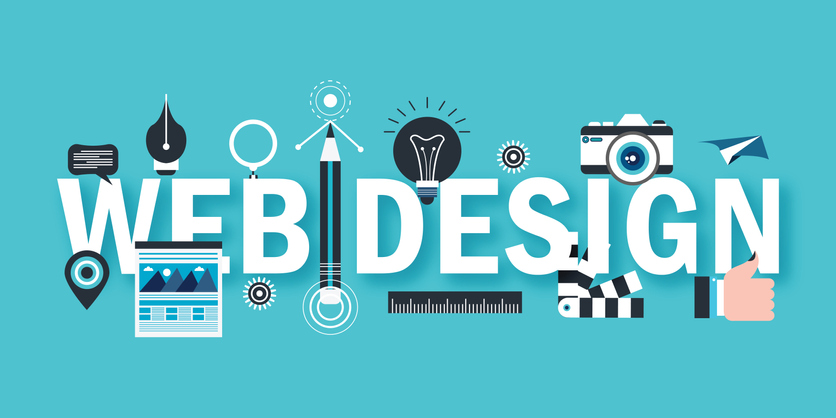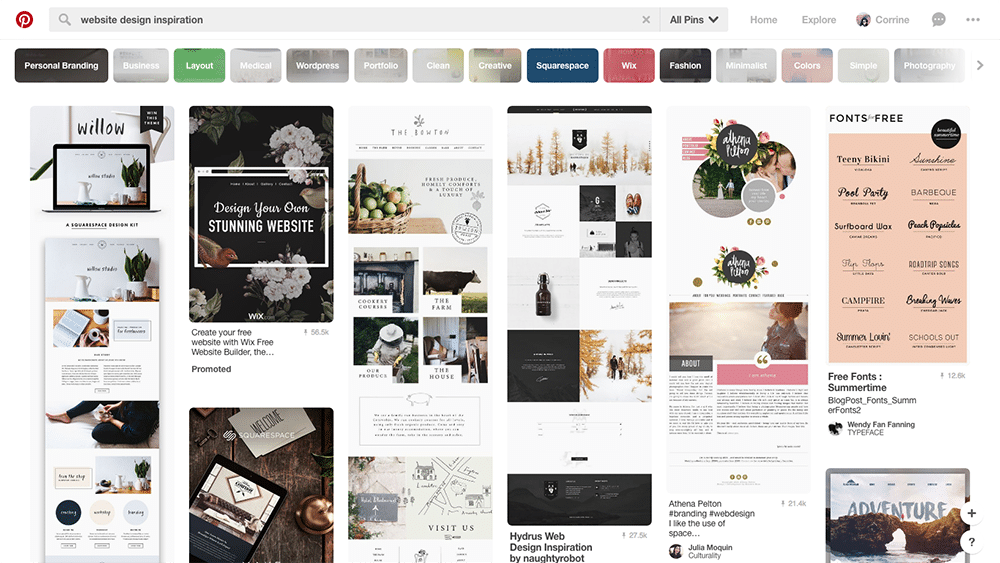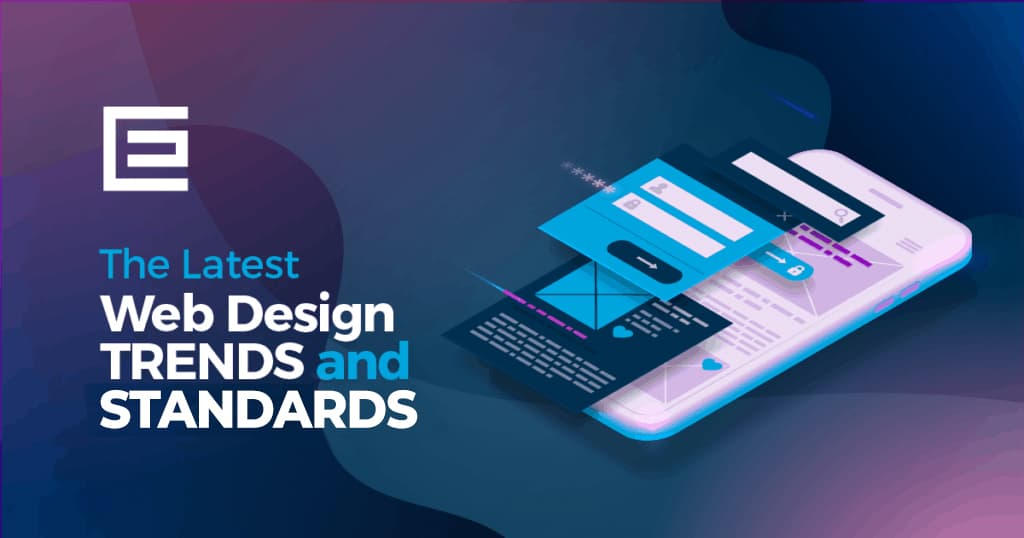Just how to Enhance Your Website's Performance with Advanced Web Design Methods
The Comprehensive Guide to Crafting Aesthetically Appealing and Useful Website Design That Fulfills Individual Needs
In today's digital landscape, the value of crafting web layouts that are both aesthetically appealing and functional can not be overemphasized. By prioritizing user-centered layout concepts, designers can create experiences that not just attract however additionally maintain customer passion. Key aesthetic components such as positioning, comparison, and balance play a vital role in this process, while the requirement of responsive design makes certain availability throughout various tools. However, the trip does not finish with initial style; recurring screening and model are important for refinement. What approaches can one use to effectively stabilize these parts?
Understanding User-Centered Design
At the heart of reliable internet layout exists the principle of user-centered layout, a viewpoint that focuses on the needs, choices, and behaviors of customers throughout the development process. This method involves extensive research study to understand the target market, guaranteeing that the last product reverberates with its designated individuals. By incorporating individual comments at every stage, developers can develop interfaces that are not only aesthetically attractive however user-friendly and likewise functional.
User-centered style emphasizes compassion, calling for developers to tip right into the users' footwear and consider their perspectives. Methods such as customer personas, journey mapping, and functionality screening are utilized to determine pain points and chances for enhancement. This iterative procedure permits consistent improvement, as designers adjust to advancing customer demands and technological advancements.
Incorporating user-centered layout leads to enhanced customer satisfaction and engagement, eventually resulting in higher conversion rates and brand name loyalty. It cultivates a collaborative environment where stakeholders, consisting of individuals, programmers, and designers, work with each other to accomplish a shared vision. By placing customers at the forefront of the design procedure, organizations can produce internet sites that not only meet organization objectives however likewise provide gratifying and significant experiences for users.
Key Principles of Visual Design
Efficient aesthetic design functions as the structure for producing user-friendly and interesting web sites. It incorporates numerous vital concepts that direct designers in crafting cosmetically pleasing and functional interfaces.
First, equilibrium plays an essential duty in accomplishing visual consistency. Designers ought to distribute aspects equally throughout the layout to prevent overwhelming users. This can be attained via unbalanced or in proportion style methods.
Following, contrast improves readability and accentuates crucial components. By using differing shades, forms, or sizes, designers can develop prime focus that assist customers through the material.
In addition, placement is vital for arranging details. Regular positioning of message and photos fosters a tidy design, enhancing overall navigation and customer experience.
Distance additionally adds to visual clarity. Grouping related items together aids individuals in recognizing the connection between different components, making the user interface a lot more intuitive.
Last but not least, consistency in design components, such as designs, typefaces, and colors, strengthens brand name identification and helps users browse the site much more easily. By integrating these key principles of aesthetic layout, web developers can create interfaces that are not just aesthetically attractive however user-centered and additionally functional.
Significance of Responsive Layout
Responsive design is a crucial facet of contemporary internet growth, making certain that sites function perfectly throughout a selection of gadgets and display sizes. As the web landscape progresses, the variety of devicesâEUR" varying from mobile phones to tablet computers and desktop computer computersâEUR" demands a design approach that fits all customers.
Implementing receptive design enables for a versatile format that immediately adjusts based upon the individual's screen dimensions. This flexibility not only boosts ease of access yet likewise enhances use, as customers can navigate and communicate with the site effortlessly, regardless of their tool.

Furthermore, receptive layout reduces the requirement for maintaining several variations of a web site, simplifying updates and content management. This performance equates into expense financial savings and a more natural brand experience across platforms.
Enhancing Customer Experience
User experience (UX) is a pivotal part of internet style, affecting exactly how visitors communicate with a website and view its value. A well-crafted UX makes sure that customers can navigate without effort, locate info conveniently, and achieve their goals efficiently. The layout needs to think about the user's journey, from the minute they come down on the website to the completion of their preferred activity, whether that be buying, enrolling in a newsletter, or accessing information.
Key components that enhance UX include clear navigating, receptive formats, and interesting aesthetic content. Uniformity in style aspects such as shades, switches, and typefaces promotes familiarity, making the site really feel natural. Additionally, maximizing tons times is crucial; individuals are less most likely to stay on a website that is slow to react.

Checking and Repeating Layouts
Evaluating and repeating designs are basic procedures that adhere to the initial creation of an internet site, making sure that the individual experience stays at the useful source center of any type of modifications. These phases involve gathering customer feedback, examining layout efficiency, and making informed alterations to enhance use and engagement.
Use testing allows designers to observe genuine users as they engage with the website, determining discomfort factors and areas for improvement. User surveys can supply qualitative insights, catching user sentiments and preferences.
Once testing is finished, the version phase begins. This entails refining the design based on the collected information, prioritizing modifications that straighten with user needs and business objectives. Constant version fosters an adaptive style technique, where the web site develops in feedback to customer actions and feedback. By dedicating to strenuous screening and model, designers can create a site that not just fulfills visual criteria yet also supplies a smooth and satisfying customer experience.

Final Thought
To conclude, reliable website design requires the assimilation of user-centered principles, essential aesthetic style aspects, and responsive frameworks to produce appealing interfaces. By prioritizing individual demands and executing constant screening and iteration, designers can fine-tune their productions to boost total complete satisfaction. The commitment to these methods not only promotes a visually attractive aesthetic however likewise makes sure capability throughout varied gadgets, ultimately visit adding to a favorable customer experience and raised involvement.
By prioritizing user-centered design concepts, developers can produce experiences that not only bring in but also preserve individual interest.At the heart of reliable web layout lies the principle of user-centered layout, an approach that prioritizes the demands, preferences, and actions of customers throughout the development procedure. By placing customers at the center of the layout procedure, companies can develop internet sites that not just meet organization goals but also give satisfying and purposeful experiences for users.
By prioritizing individual requirements and choices, web designers can create experiences that are not only visually appealing yet also useful, eventually cultivating individual complete satisfaction and loyalty.
Customer surveys can use qualitative understandings, capturing individual beliefs and choices.